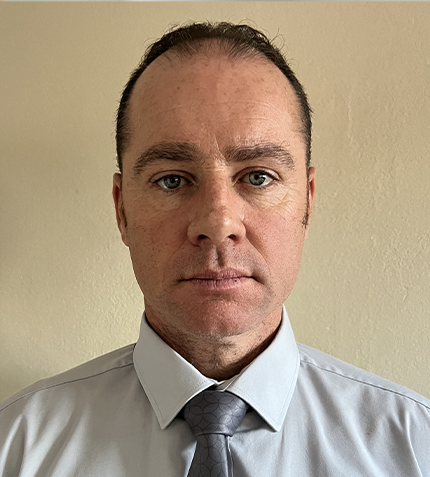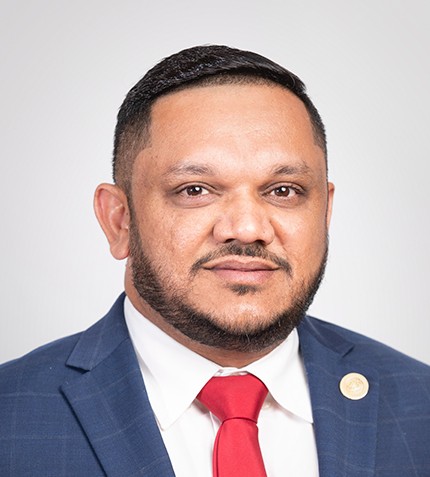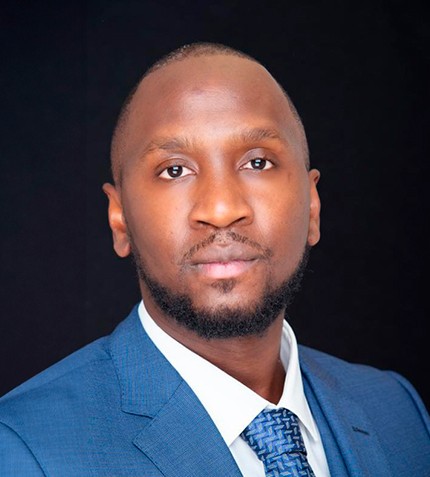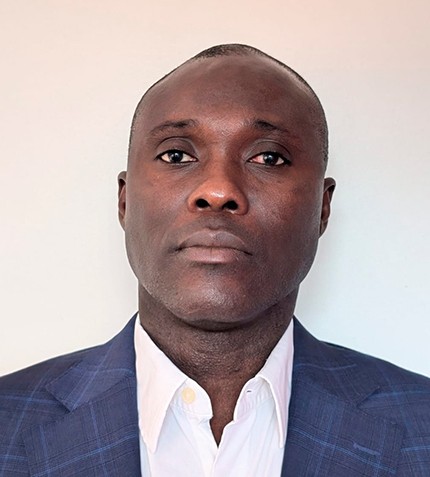
"Loesche’s technology is a great fit for copper and gold mining in Southern Africa as it is water and energy-saving, and more environmentally friendly."
Christian Gerhard
MANAGING DIRECTOR, LOESCHE
What have been the main developments for Loesch over the past 12 months?
Loesche has been busy with the mill rebuild at Foskor in Phalaborwa, South Africa. The mill has been performing below expectations for many years. We supplied them with a new table in 2011 and a new classifier in 2017, and in 2023 the decision was made by the executive team at the Foskor mine to do the rebuild, exchange the table, refurbish some rotor assemblies, the gearbox, and the mill body, and put in a new classifier. Planning started in February 2023, and in May we got the go-ahead to proceed with the shutdown of the mill, and we completed the rebuild 120 days later in August. We used the second largest crawler crane available in South Africa – 700 tons and one of only two available - to accomplish most of the work, and we rebuilt the mill successfully within budget and on time.
What is demand currently looking like for Loesche’s services in South Africa?
Demand is much more service-related these days than for new installations. Loesche has recently rebuilt the Foskor mill and has signed new contracts for spare parts and services for Eskom. Eskom is struggling at the moment, but have realized that, as an original equipment supplier, we are capable of being their partner and helping them out of their current difficulties. With Eskom and others utilizing our expertise, the company’s revenue has increased dramatically, and our servicing and aftersales spares department continues to be extremely busy these days.
What is the role of original equipment suppliers in South Africa to help get the country back in shape regarding energy security?
Original equipment suppliers such as Loesche can provide the services, spares, and after-sales support required from utilities. In the past, Eskom had not been forthcoming by asking for our assistance, but we are seeing that change. Supplying parts and services to utilities should be a continuous process, and not one of bulk supply every 10 years. Loesche has many new developments in our products, and by supplying clients on an ongoing basis, they can benefit from these developments regularly. Eskom’s newest mills that are running our equipment are 40 years old – Duvha, Arnot, and Camden – but we have had many developments over the years which these power stations can benefit from. For example, today, we have a dynamic classifier which is approximately 15% more efficient and also more environmentally friendly than the static classifiers Eskom has on their current mills. The price of a new dynamic classifier is also less expensive than the refurbishment of an old static classifier, and it thus makes 100% sense to make the change.
How does Loesche plan to allocate the increased revenue it has seen over the past year?
Loesche established a new digital sales department at the beginning of 2022. We have developed an artificial intelligence (AI) based mill control system, as well as an AI-based machine surveillance software which is helping maintenance managers, production managers, and process engineers to run equipment more efficiently at lower energy consumption and higher throughput, and take care of maintenance requirements through a predictive maintenance software. A significant amount of capital has gone into establishing this department.
In mid-2023, we sold our first complete solution to the mining company Idwala Carbonates in Kwazulu-Natal, South Africa, which now has an AI mill operation system and also an AI machine surveillance system taking care of the mill gearbox, classifier, and fan. In October 2023, the cement player Dangote Group also signed for a solution for one of their plants in Delmas, South Africa. Loesche plans to continue investing in further developing our AI solutions moving forward.
What are Loesche’s target minerals moving forward?
Loesche has been doing market research and has seen that Southern Africa has been opening up regarding new projects, specifically in the mining space. We have a few target minerals that we want to approach in the future, and one is the green steel market. We see great value to be unlocked in the beneficiation of iron ore in Africa. There are quite a few iron ore mines that are at the grassroots level and in the pre-feasibility stage in the Southern African region which we want to approach and hope to change the mindset that it is not worth beneficiating iron ore in the region. Especially for the green steel industry, we see great value to be unlocked in terms of the beneficiation of ore in the region. Loesche’s technology is a great fit for copper and gold mining in Southern Africa as it is water and energy-saving, and more environmentally friendly.











